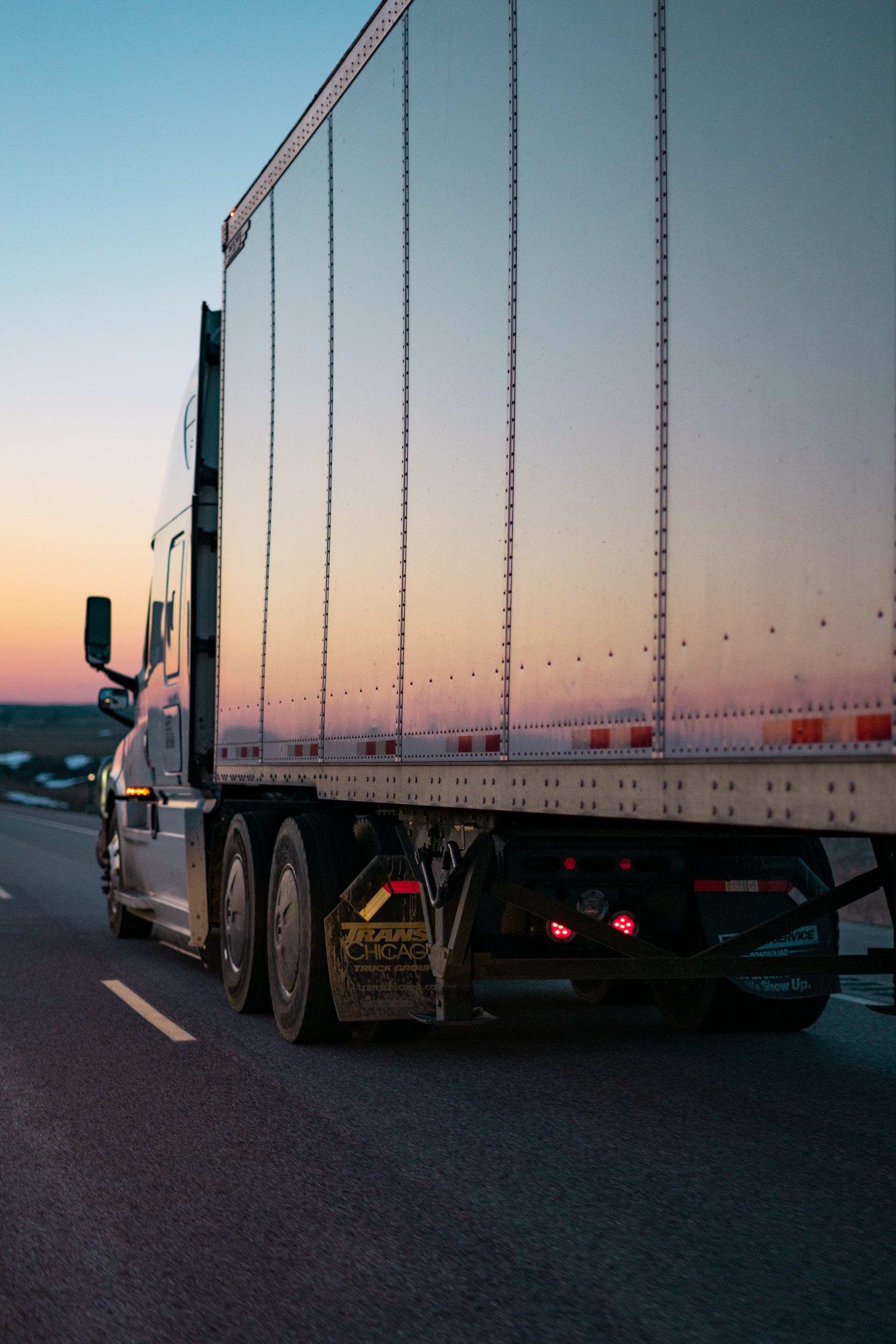
Trucking Industry Communication Shortcut: 10-Codes
In the huge network of American roadways, effective communication is essential to efficient operation. When driving on Route 66 or through the congested streets of New York City, you have probably encountered the usage of 10-codes on your CB radio. Without the need for drawn-out talks, truckers may transmit information quickly and effectively using these coded signals. Learn about the origins of 10-codes and see how they have developed into a crucial component of our everyday interactions.
1
The Birth of 10-Codes2
Adapting to the Open Road3
Truckers' Twist on 10-Codes4
A Common Language on the Road5
Using 10-Codes on the Road
The Birth of 10-Codes
Back in the early days of radio communication, police departments faced a challenge. The airwaves were often crowded, making it difficult to convey messages quickly and clearly. To address this issue, a system of codes, known as 10-codes, was developed. The codes were simple and numeric, allowing for rapid exchange of information without the need for lengthy explanations.
Adapting to the Open Road
As the trucking industry began to boom in the mid-20th century, truckers found themselves facing similar challenges with communication. The vast network of highways presented a need for efficient and concise messages to navigate the roads safely and coordinate logistics. Borrowing from the police codes, truckers started using 10-codes to streamline their conversations.
Truckers' Twist on 10-Codes
Truckers being resourceful, began to put their own spin on the 10-codes. While some codes remained consistent with law enforcement usage, others evolved to suit the unique challenges faced on the open road. For example, "10-20" to indicate location became a crucial tool for truckers communicating about their routes and destinations.
A Common Language on the Road
The adoption of 10-codes in the trucking industry wasn't just about convenience; it was about creating a shared language among professionals navigating the same highways. This standardized system allowed truckers to exchange information quickly and efficiently, fostering a sense of camaraderie and mutual support on the road. While technology has evolved, and CB radios aren't the only means of communication anymore, 10-codes remain ingrained in trucker culture. Even as some choose plain language or digital alternatives, many still rely on these codes for their simplicity and effectiveness.
Using 10-Codes on the Road
Here are some common 10-codes you might use on the road:
10-4: Affirmative, OK: When your buddy on the radio asks if you're good to go, a simple "10-4" lets them know that everything is A-OK on your end.
10-20: Location: Need to let your convoy know where you are? Just throw out a "10-20" followed by your current location. For example, "10-20, I'm rollin' through the outskirts of Albuquerque."
10-33: Emergency: In times of trouble, a "10-33" signals that you're dealing with an emergency. It's the code to use when you need immediate assistance, like reporting a breakdown or an accident.
10-36: Correct time: Got your eye on the clock during a long haul? Announce the time with a "10-36." For instance, "10-36, it's 3 PM Eastern Time."
10-41: Beginning of shift: Starting your journey fresh and ready? Signal the beginning of your shift with a simple "10-41."
10-42: End of shift: When it's time to hit the hay or park that rig for the night, a "10-42" lets everyone know you're wrapping up for the day.
10-50: Break (or lunch): Feeling the hunger pangs or just need a pit stop? Announce your break with a "10-50." "10-50, I'm grabbing a quick bite at the next rest area."
10-61: Clear channel – stand by: Sometimes the airwaves get busy. If you need a moment of radio silence, a "10-61" clears the channel, letting others know you'll be standing by.
10-62: Unable to copy – use phone: If the signal's fuzzy or you missed part of a message, a "10-62" indicates that you couldn't quite catch it, and it's time to switch to the phone for a clearer conversation.
10-70: Fire at (location): In the unfortunate event of a fire, use a "10-70" followed by the location to alert fellow truckers and emergency services.
10-71: Proceed with caution: Encountering a tricky stretch of road or unexpected conditions? Give a heads up with a "10-71" to let others know to proceed with caution.
10-87: Pick up/deliver at (location): When it's time to pick up or drop off a load, a "10-87" followed by the location ensures everyone is on the same page.
10-100: Restroom break: Nature calls? Politely let your convoy know you're taking a pit stop with a "10-100."
10-200: Police needed at (location): Spot something suspicious or need law enforcement assistance? Dial in a "10-200" to request police support at a specific location.
In the hustle and bustle of trucking life, these 10-codes help streamline conversations and keep the wheels turning. While the camaraderie of the CB radio will always have a special place in the hearts of truckers, there's another tool that can elevate your trucking experience. Have you explored the benefits of 10 Speed, our cutting-edge transportation management system? From load management to route optimization, 10 Speed TMS is designed with your efficiency in mind. Ready to experience the future of trucking logistics? Book a demo with us today and let 10 Speed redefine your journey on the open road. Safe travels, and we look forward to revolutionizing your trucking experience!
David Jordan Guerra
Logistics Market Researcher
I strive to keep myself informed by understanding the latest information involving the diverse world of the logistics industry.

